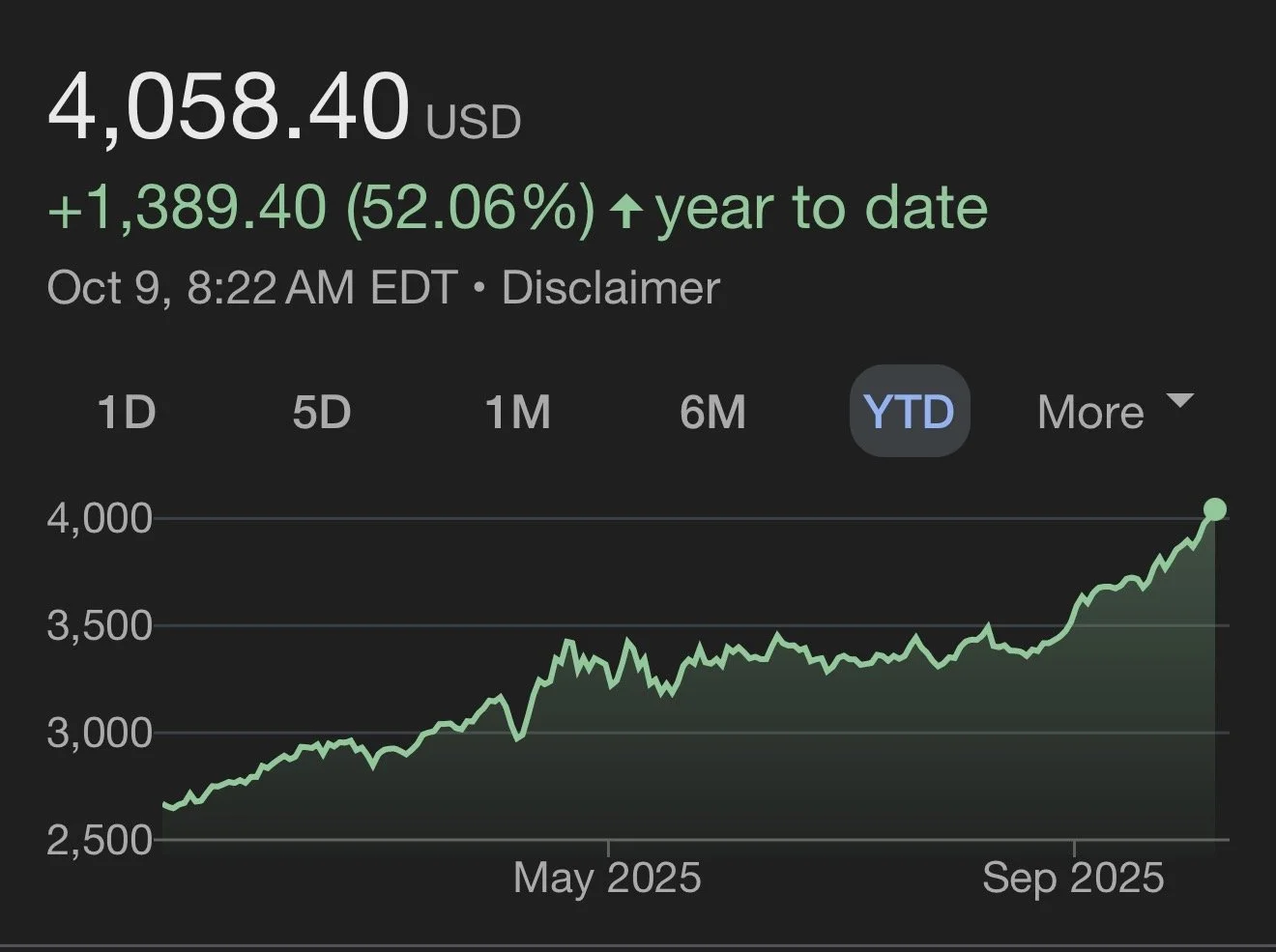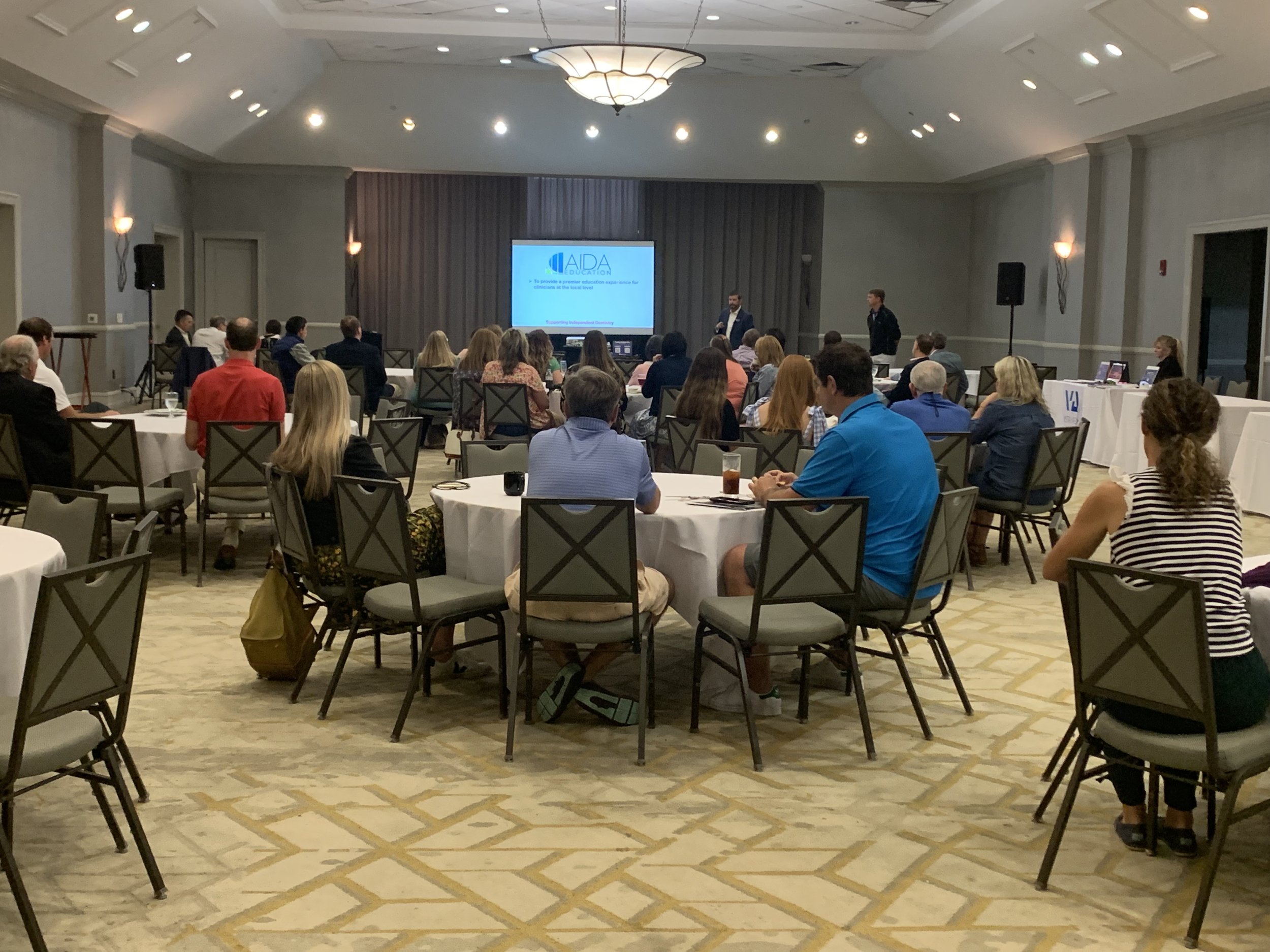Do I have to close my dental practice?
Currently there is no requirement that you close your dental practice. However, every precaution should be taken to help reduce the transmission of COVID-19. According to the American Dental Association, such precautions may include, but are not limited to, screening patients for their potential exposure to or risk of having the virus, use of personal protective equipment, taking the temperature of all patients before performing any procedures, cleaning and disinfecting public areas frequently, providing a waiting area that can accommodate “social distancing”, use of a rubber dam when appropriate to decrease possible exposure to infectious agents, use of high-speed evacuation for dental procedures producing an aerosol, autoclaving handpieces after each patient, and having patients rinse with a 1% hydrogen peroxide solution before each appointment.
While it is not mandatory, many dental associations, including the American Dental Association, are making recommendations that dentists voluntarily suspend all elective, non-urgent or non-emergency dental care for a period of time ranging from two (2) to three (3) weeks. The decision of whether a particular procedure may be necessary for a particular patient should be made on a case by case basis by the treating dentist in the exercise of his or her professional judgment.
Generally, elective procedures are those which may be beneficial but not absolutely essential at that time.
The situation on whether to close your practice or not should be monitored closely as the mandatory rules and recommendations for each state are changing rapidly.
What happens to my employees if I close the office? Am I obligated to pay them?
As of now, in most states, if you close your practice, you are not obligated to pay any employee who is classified “non-exempt”, meaning they are hourly employees.
If you close the practice you must pay an “exempt” (salaried) employee for any week in which they do any work for the benefit of the practice. If you have salaried staff members working from home checking messages, responding to emails, working on billing, rescheduling appointments or otherwise, such exempt employee must be paid in full for the entire week, no matter how many hours they may work.
You are not obligated to pay an “exempt” employee who does not work for an entire seven (7) day period.
Please be advised that there is a pending bill in Congress which may impact this answer. We will need to re-evaluate this information when, or if, that bill is passed.
Do I have to pay my employees for use of their accrued time off?
The question of whether or not an employee who may have accrued paid leave time may be entitled to use such leave is a unique situation and will be dependent upon the specific language in your employee manual. You may not be required to make such payments if your employee manual does not require you to do so.
Are my employees eligible for unemployment if we close the office?
Yes. If your office is closed for a period of time due to COVID-19, or your employees work less than full time during a week, your employees may be eligible for the payment of unemployment insurance benefits. Depending upon state unemployment laws, there may be a waiting period, such as one to two weeks, before they would be eligible for benefits. Unemployment insurance is available to employees who become unemployed through no fault of their own. An office closure due to COVID-19 is not the fault of the employee.
Some states, like Georgia, may require employers file partial unemployment claims for the benefit of their employees who are still employed, but currently working less than full time due to a lack of work. Please check with your local department of labor to confirm.
If an employee imposes a self-quarantine because of their potential exposure to COVID-19, such employee may not be eligible for unemployment insurance benefits. The employee is choosing not to work, and it is not the employer’s decision.
Can I pay my employees something if I close the office?
Even in situations where you are not legally obligated to do so, you may elect to pay your employees for all or part of their salaries while the office is closed. Such payments could be continued as salary or wage payments or may be provided as a bonus. You should confirm with your accountant the best way to process such payments for purposes of tax withholdings. Such payments should be processed like any other income payments which are made to your employees.
If I stay open, can I refuse to treat patients who are higher risk for COVID-19?
You may refuse to treat patients who have one or more risk factors for COVID-19. Such risk factors may include: presently having one or more symptoms of COVID-19 (fever, cough, or other flu like symptoms), having come in contact with someone that is known to have or is suspected of having COVID-19 within the last fourteen (14) days, or having traveled to an area that is known to have an outbreak or a high concentration of COVID-19 cases within the last fourteen (14) days.
You may NOT refuse to treat elderly patients because of their age. Nor may you refuse to treat someone based on their national origin. For instance, if you have a patient who is originally from a country which has a high concentration of COVID-19 cases, such as China or Italy, you may not refuse to treat them for that reason alone.
Can an employee who is exhibiting symptoms of COVID-19 be asked to stay home or leave work?
Yes, the Centers for Disease Control and Prevention (“CDC”) states that any employee who exhibits any symptoms of an influenza-like illness during a pandemic should leave the workplace immediately.
Can an asymptomatic employee be sent home if they have other risk factors for COVID-19?
Yes, if an employee fits within certain risk categories as established by the CDC you may send such an employee home. Currently the CDC guidelines state that employees who have been in close contact with or live in the same household with an individual who is symptomatic and has tested positive for COVID-19 may be excluded from the workplace.
If an employee has recently traveled to a country which has been identified by the CDC as having “widespread, ongoing transmission” of COVID-19 they may be asked to self-quarantine for a period of fourteen (14) days upon their return. Presently such countries are identified as Austria, Belgium, China, Czech Republic, Denmark, England, Estonia, Finland, France, Germany, Greece, Hungary, Iceland, Iran, Ireland, Italy, Latvia, Liechtenstein, Lithuania, Luxembourg, Malta, Netherlands, Northern Ireland, Norway, Poland, Portugal, Scotland, Slovakia, Slovenia, South Korea, Spain, Sweden, Switzerland, Monaco, San Marino, Vatican City, and Wales.
If I stay open, can employees refuse to come to work?
Probably not. Employers are required to provide a workplace which is free from recognized hazards that are likely to cause serious harm or death. If your practice has proper safety protocols in place to reduce the transmission of infectious disease, the workplace is probably free from recognizable hazards. Each situation would need to be examined on a case by case basis. If an employee simply refuses to come to work because someone in the community who has no ties to the practice has COVID-19, then that would not be sufficient reason to refuse to come to work.
Can I take the temperature of my staff before letting them come to work?
Under the Americans with Disability Act (ADA), employers have limitations on the inquiries they may make into an employee’s medical condition. The Equal Employment Opportunity Commission (EEOC) considers taking an employee’s temperature to be a “medical examination” under the ADA, and therefore it may not be permitted.
If you were to require a medical examination of your employees (which includes taking temperatures) you would need to be able to justify that such an exam was job-related and consistent with the needs of your business. You would need to have some objective evidence that the specific employee posed an actual “direct threat” to the health or safety of themselves or others that could not otherwise be eliminated or reduced.
The EEOC states that, if the CDC or a state or local health authority has proclaimed that a pandemic has spread to your area, then a “direct threat” may be present and you may take an employee’s temperature. The current situation is unique and may be legally uncertain. According to the World Health Organization, COVID-19 has been declared a global pandemic.
The United States, through our federal, state and local governments as well as through the actions of corporate and individual citizens, has been taking aggressive measures to help curb the spread of COVID-19. Therefore, if COVID-19 is widespread in a particular community, requiring health care workers, such as those who treat patients in a dental office, to submit to a temperature check prior to work may be considered reasonable in advancing the community goal of reduced transmission.
Please note, a fever may not be the best measure to determine conclusively that an employee has COVID-19 or that he or she is a threat to your patients. Unfortunately, many people who have COVID-19 will be asymptomatic during the time period when the virus is most contagious.
Please be advised that the information contained herein is provided as general information only and is not intended to take the place of legal advice. This information may not be applicable to your individual situation. Nothing contained herein is intended to create an attorney client relationship. If you need further guidance or advice, please contact our office.
Stuart J. Oberman, Esq.
Founder and President of Oberman Law Firm
Health Care Law, Employment Law & Compliance
Lauren A. Mansour, Esq.
Partner
Health Care Law, Mergers & Acquisitions
Grace M. Tillman, Esq.
Senior Corporate Counsel
Employment Law, Compliance & Litigation
Oberman Law Firm
Oberman Law Firm handles a wide range of legal matters for the dental profession including, LLC & Professional Corporation Formation, Practice Sales & Acquisitions, Partnership Agreements, Real Estate and Lease Agreements, Wills, Trusts, & Estate Planning, Employment Law, Non-Compete Agreements, Risk Management, OSHA/ HIPAA Compliance, Dental Board Defense, and Medicaid Audits.
CUMMING, GA
OFFICE
327 Dahlonega Street
Suite 303
Cumming, Georgia 30040
Phone: 770-886-2400
Fax: 770-888-9300
LOGANVILLE, GA OFFICE
151 Lee Byrd Road
Loganville, Georgia 30040
Phone: 770-554-1400
Fax: 770-554-3534
CHATTANOOGA, TN OFFICE
Tallan Financial Center
200 W. Martin Luther King Blvd.
Suite 1000
Chattanooga, TN 37402
Phone: 423-315-2529





















































